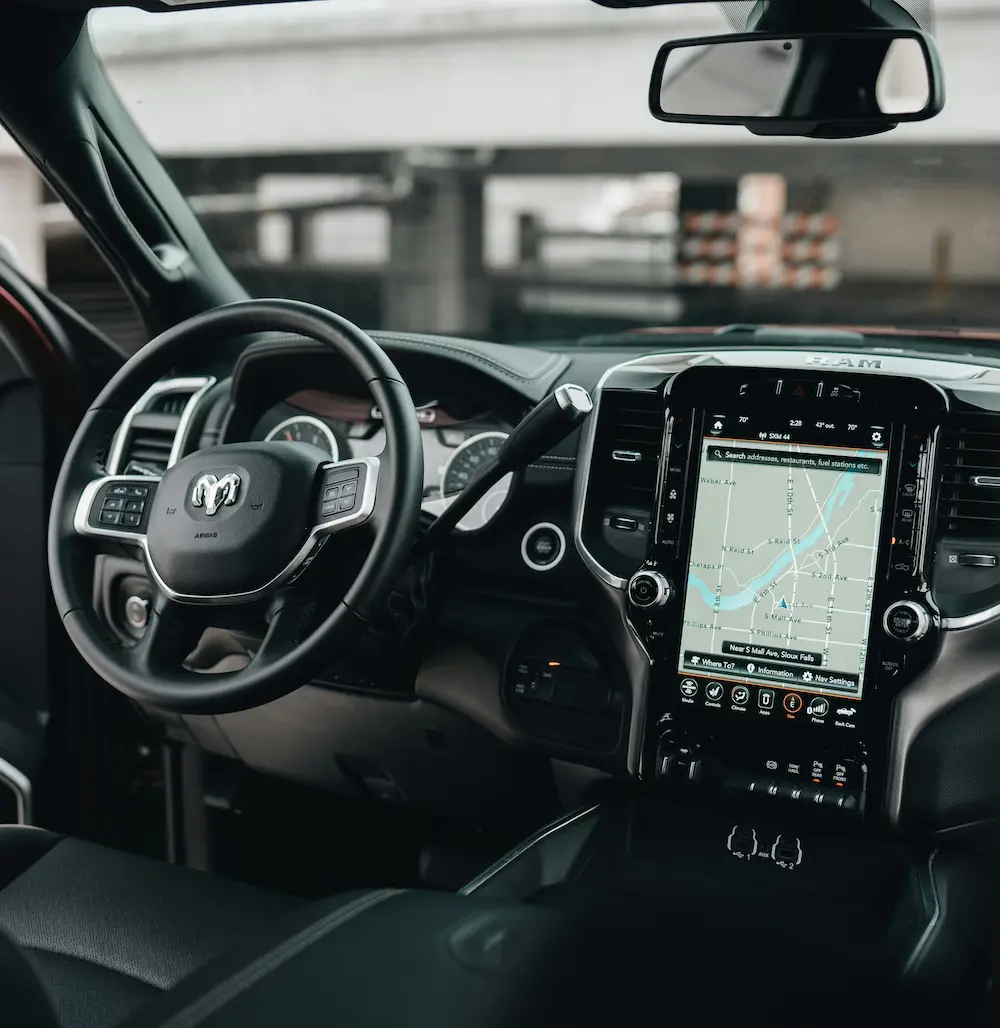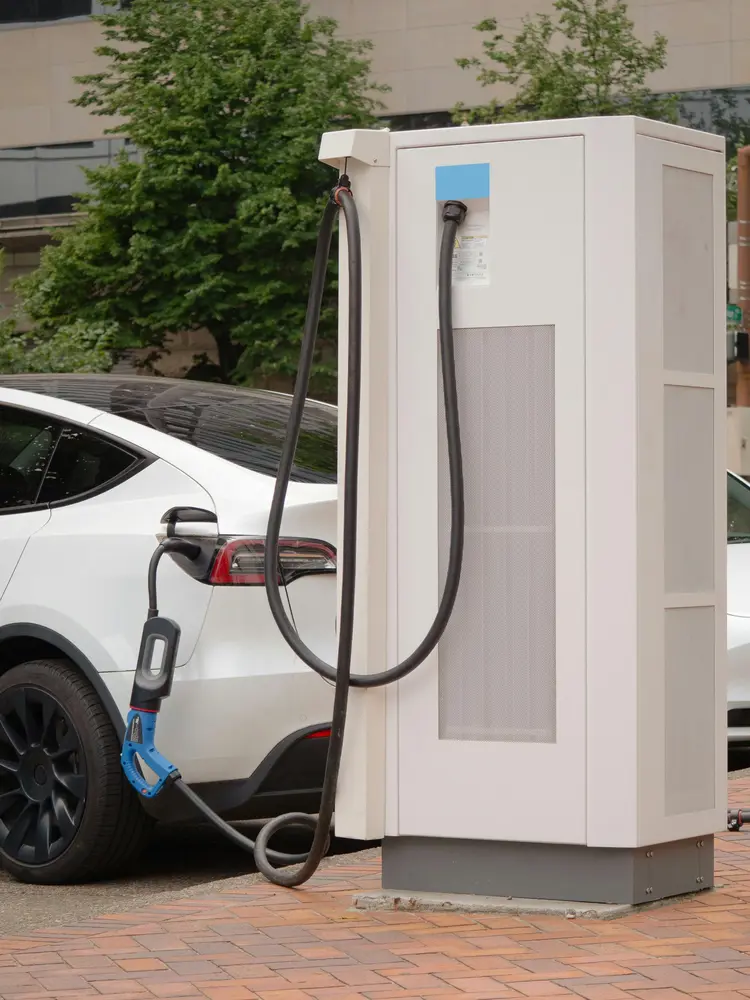Autonomous vehicles popularly known as self-driving cars are already revolutionizing our basic understanding of cars. The transportation industry is leading a big change with new technology as we see the creation of cars that can drive themselves. It's a major shift happening in the automotive world.
Autonomous vehicles are changing how we get around in cars because they don't need people to control them. They use artificial intelligence and sensors to determine where to go on roads and highways. Using AI in these cars is crucial as it helps make transportation safer and better for the environment in the future.
Evolution of Autonomous Vehicles
Autonomous vehicles have progressed through different phases of development. Initially, they relied solely on human control. Still, as technology advanced, they integrated AI systems capable of independent driving, even in complex scenarios such as navigating through changing weather conditions and unrestricted areas.
Zero Automation
In this initial phase there isn't any type of automation involved, the driver fully controls the vehicle through driving skills and senses.
Driver Assistance
During this phase, common features like Active Cruise Control (ACC) and Parking Sensors came in as driver’s assistance.
Limited Automation
In this phase, an advanced driver assistance system(ADAS) came into play which helped avoid viable collisions by controlling the steering and breaking in emergencies with the human still in control and responsible for staying aware.
Dependent Automation
At this stage, AI takes charge of the car control system, but human drivers can still step in and respond if necessary.
High Automation
This is the stage where if humans don't step in, the system can still ensure the vehicle's safety.
Full Automation
Finally, cars can drive themselves, and their smart system can do it all on its own. This system keeps checking the surroundings all the time to make sure the ride is safe.
Benefits of Autonomous Vehicles
Study shows most accidents on the road happen because of human errors. Self-driving cars are being made to lower the chances of these accidents. When you're traveling to or back from work, you can relax because the car's system does the driving for you. Integrating AI into these cars is making them safer, saving energy, and better for the environment.
Self-driving AI-integrated cars might use less fuel and work well with electric cars understanding its system better, so they make less pollution. If you're not stuck in traffic as much, you have more time for work or fun stuff and you even get to increase your productivity. Also, these cars could help people who can't drive, like old folks or people with disabilities to get around.
Some added benefits:
- Cheaper Travel
- Better Parking
- Enhanced Delivery
- Increased Economic Growth
- Smart Cities
Autonomous Vehicles Market Players
The self-driving car market is growing fast, and there are lots of big companies working hard on it. Here are some of the big ones.
Automakers
Big car companies like Toyota, General Motors, Ford, Mercedes-Benz, Volkswagen, Nissan, Honda, and Volvo are working hard to make self-driving cars possible very soon. They're experienced at making cars because they've been in the business for a long time.
Tech Companies
Companies like Waymo, Aurora, Baidu, and Uber are making self-driving technology from scratch. They are well-known in the tech field and making smart sensors, none can do it better than these big tech companies.
Ride-Sharing Companies
Transportation network companies such as Uber, Lyft, and Didi Chuxing view autonomous vehicles as a means to enhance operational efficiency and cut expenses. They are collaborating with various stakeholders in the industry.
Future of Autonomous Vehicles
By the year 2035, researchers believe that the self-driving car industry could be worth somewhere between $300 billion to $400 billion. This prediction comes from a study done by ResearchandMarkets.
Additionally, another report, this time from McKinsey, suggests that by 2030, the market for advanced driver assistance systems (ADAS) and self-driving technology could be valued at anywhere from $55 billion to $80 billion. Both of these reports indicate that there's going to be a big surge in the popularity of self-driving cars in the future.
Restrictions of Artificial Intelligence in Self-Driving Vehicles
Although there has been dramatic advancement in the development of autonomous vehicles, hurdles and constraints persist in the incorporation of AI technology. Some include:
- Unpredictable human and animal behavior on the road
- Artificial Intelligence is an expensive tech to have in cars which is a challenge for investors
- Failing to adequately address the cyber security problems, using AI in self-driving cars might make them unsafe in various aspects.
- We need to build new roads or improve the ones we have to support self-driving cars because our current infrastructure isn't set up perfectly for them.
- The slow adoption of self-driving cars is due to unclear laws, and liability concerns, people are worried about who is responsible if there's a crash and who makes sure these cars are safe to use.
- Social acceptance is a huge challenge as people might not trust self-driving cars because they're worried about letting a computer drive, and job losses in transportation in a major concern as well.
Self-Driving Cars Leading Contenders
Self-driving cars are still being worked on and the rules and what they can do are different depending on state you are in. Hence, here are some top self-driving cars:
- Waymo One
- Tesla Model 3 Autopilot
- BMW iX Flow
- Mercedes-Benz S-Class
- Volvo XC90
- Nissan Ariya
- Audi A8 (Audi)
- Ford F-150
In conclusion, self-driving cars are a game-changer for transportation in the future. Although there are hurdles to clear, such as rules and safety concerns, these vehicles hold promise for safer and greener roads ahead. As tech improves and rules adapt, we could see more self-driving cars around, but it'll take some time to make the transition smooth.
Content Source:

